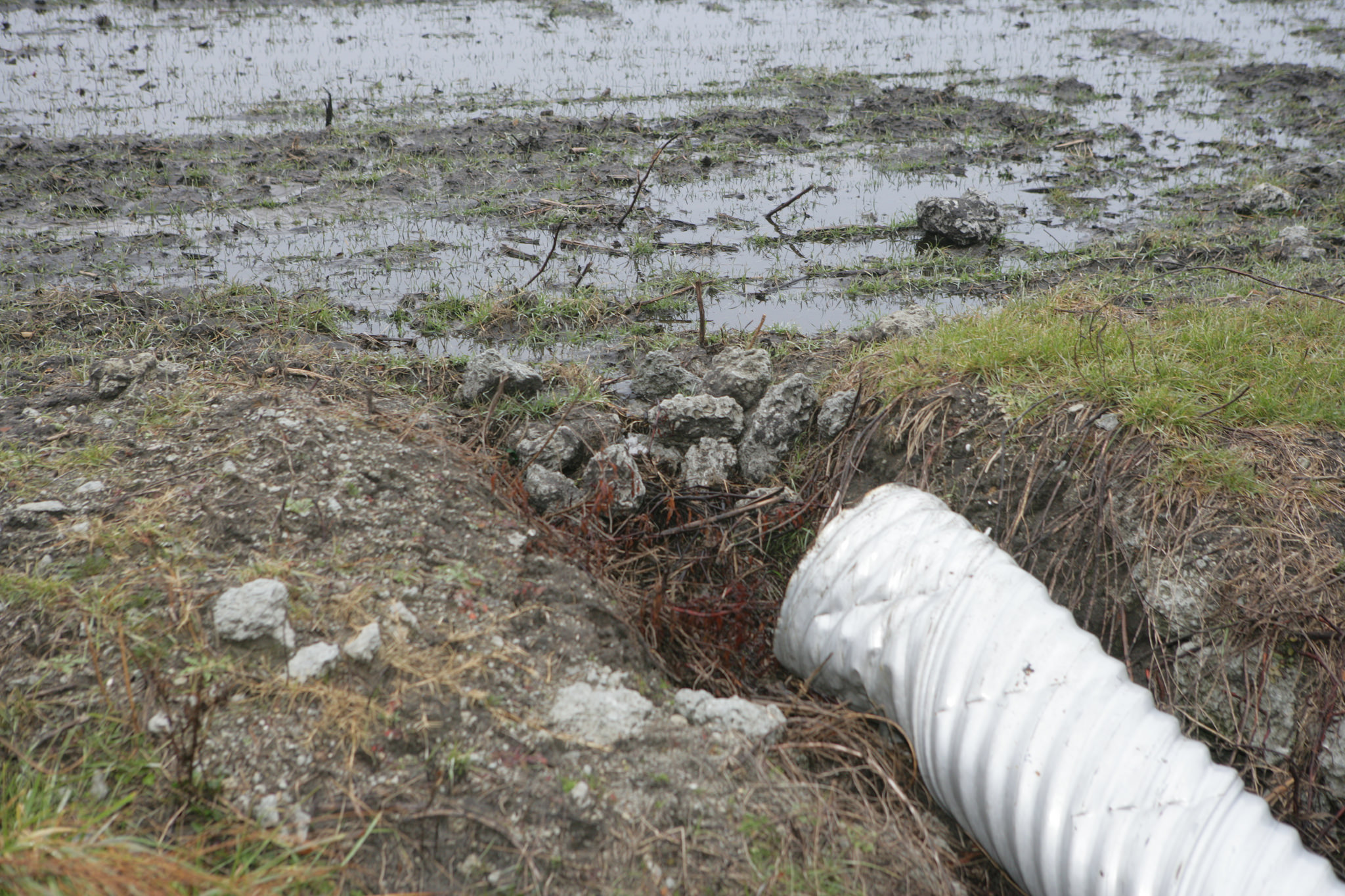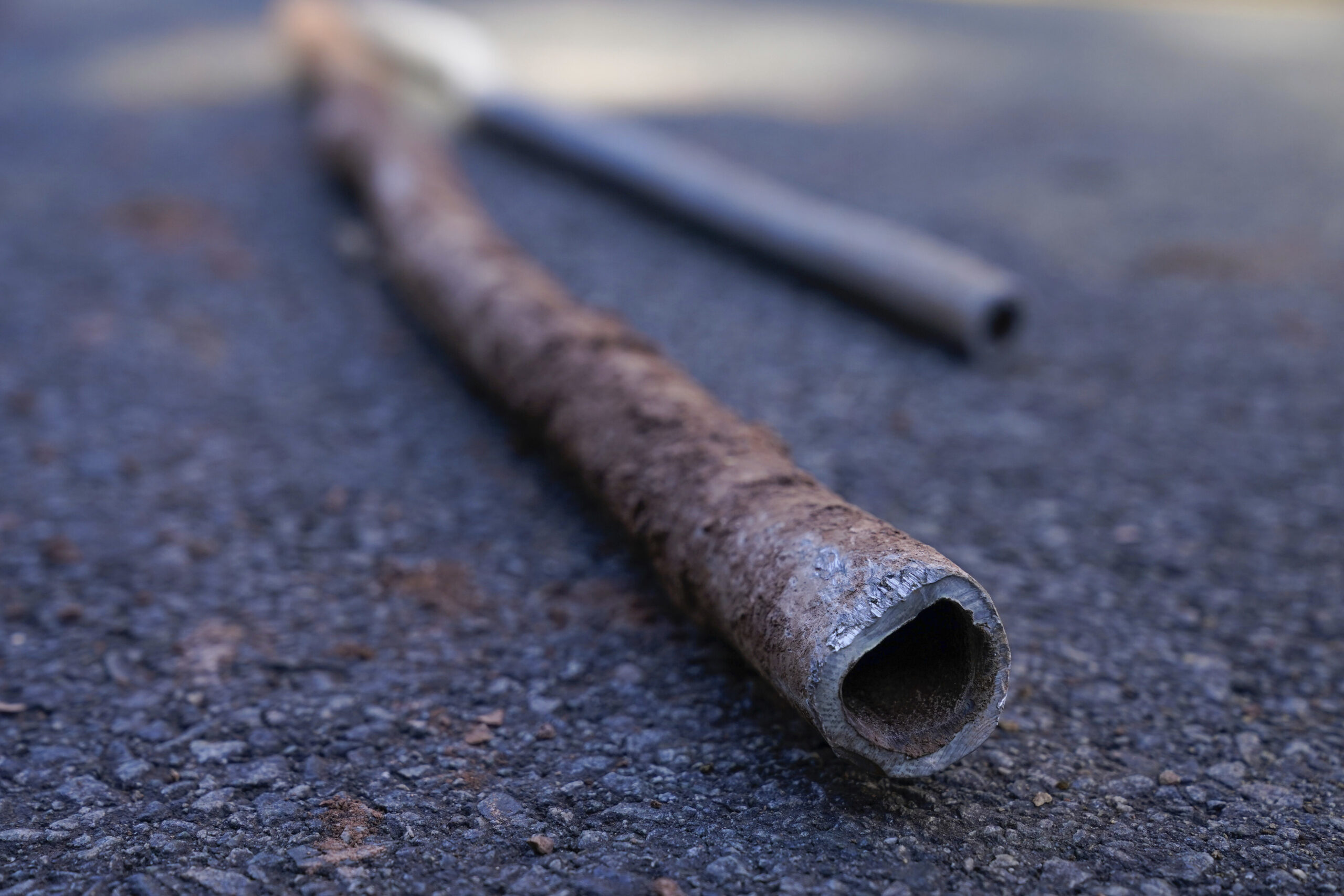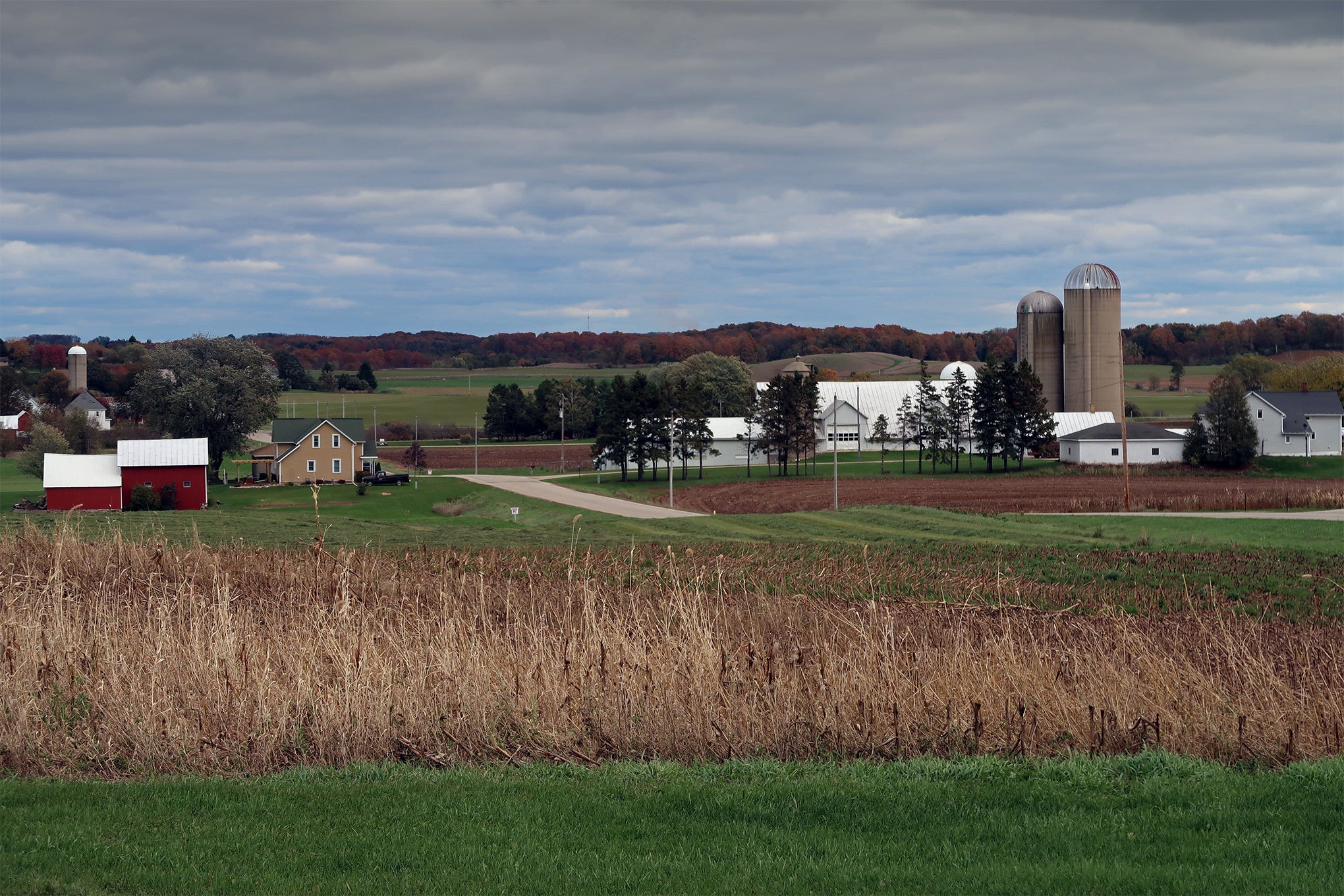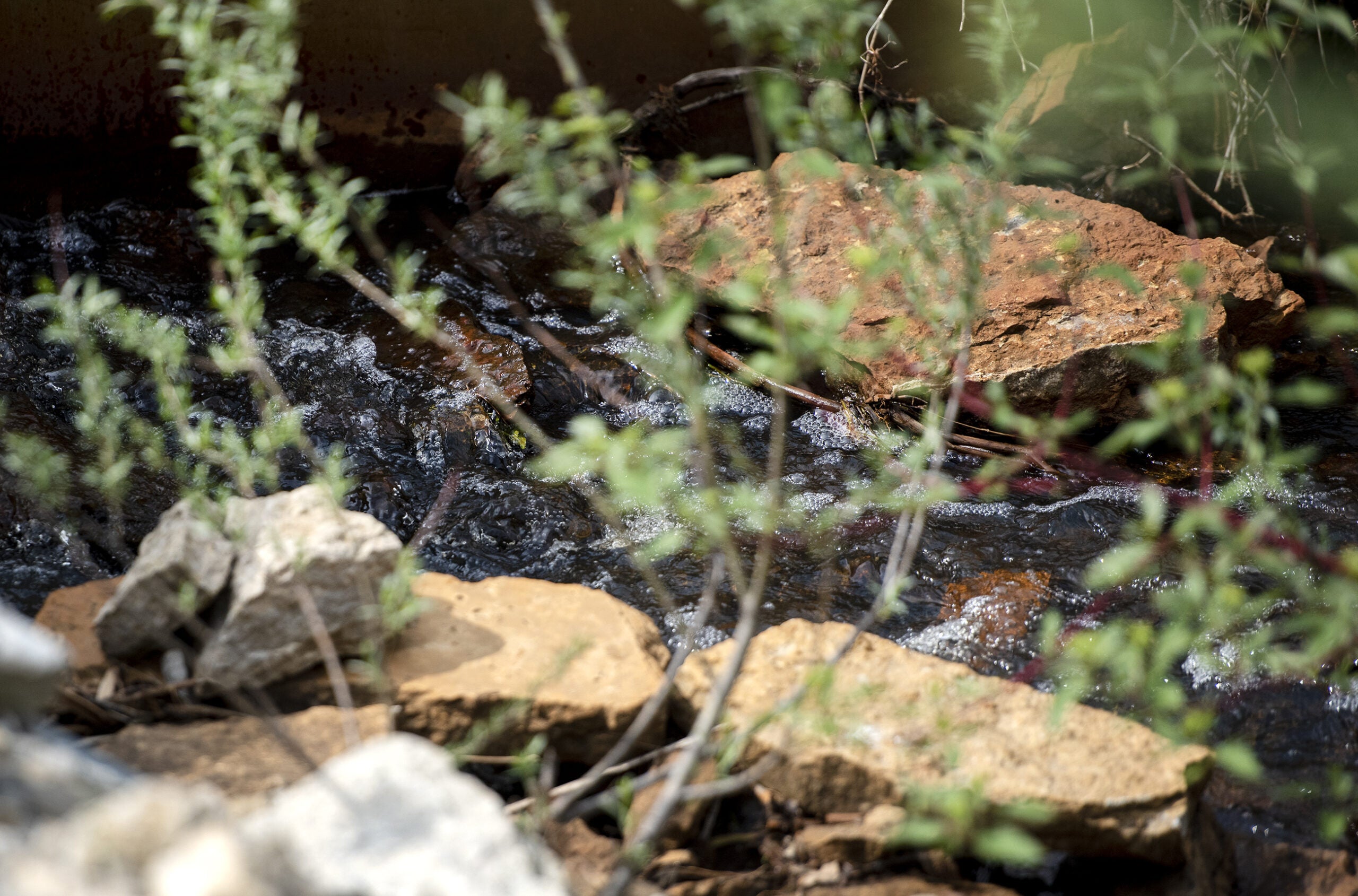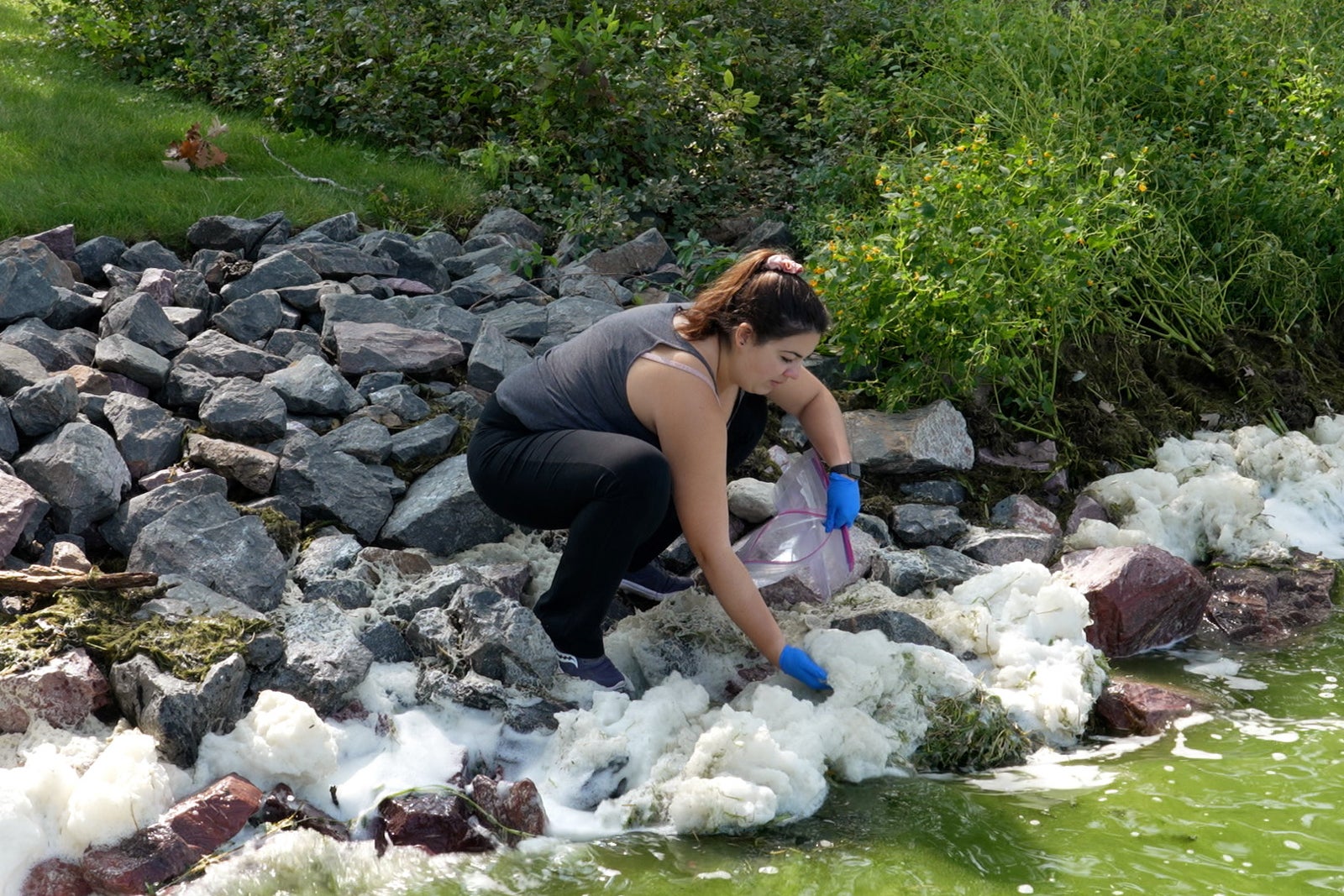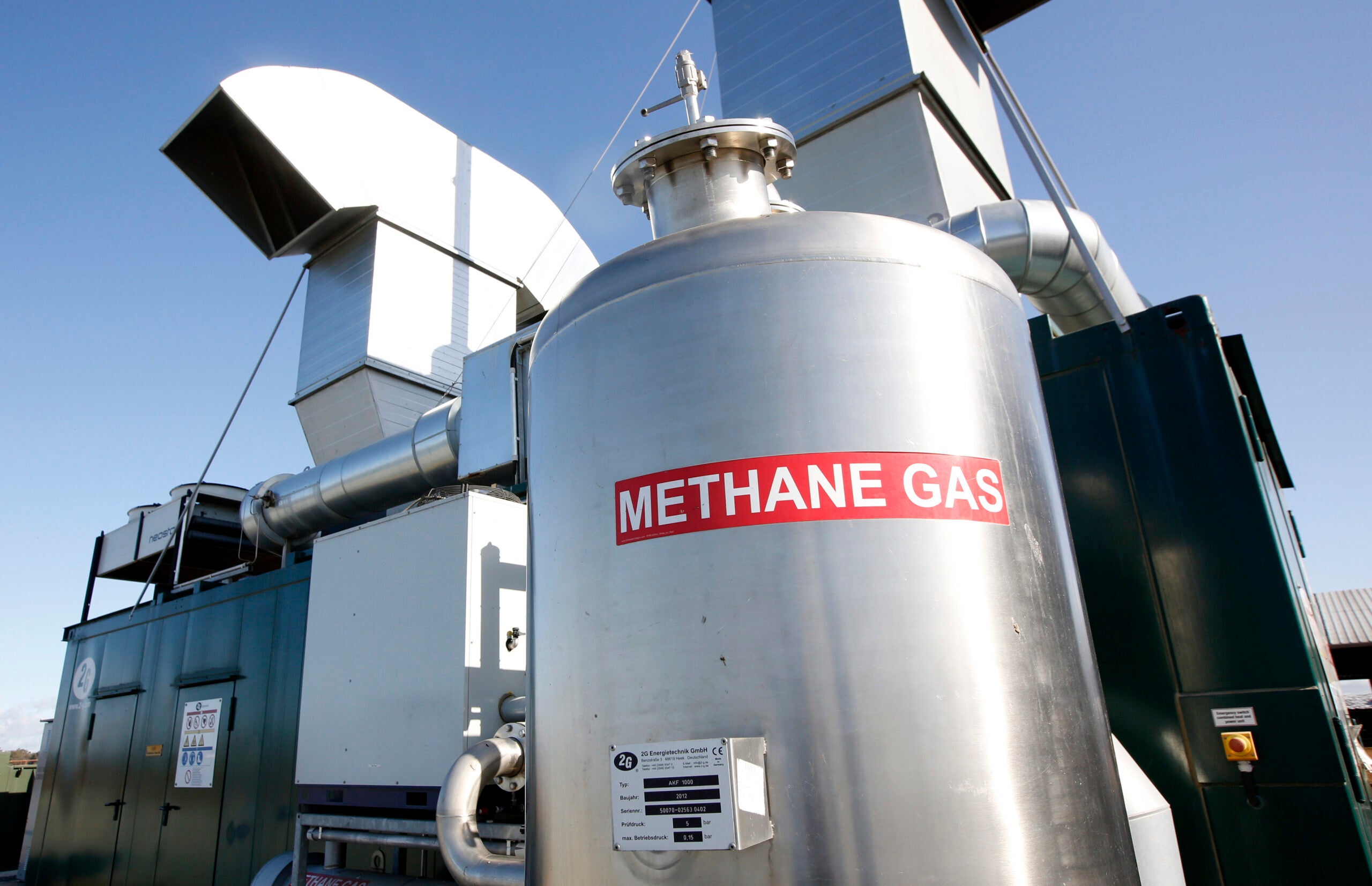Northeastern Wisconsin, including Kewaunee County, has one of the worst water pollution problems in the state.
But the Department of Natural Resources says setting a maximum daily limit on chemicals like phosphorus may be a step toward clean-up.
The DNR has been holding meetings to explain the concept of creating a “total maximum daily load” (TMDL) for Lake Michigan tributaries in Kewaunee, Manitowoc and Sheboygan counties. It’s the amount of pollution a water body can receive and still meet water quality standards. A pollution budget is allocated for point sources like industrial pipes and non-point sources like farm run-off.
Stay informed on the latest news
Sign up for WPR’s email newsletter.
State Rep. Joel Kitchens, R-Sturgeon Bay, is promoting the effort, saying it may help farmers pinpoint where they need to control phosphorus.
“So if they know which fields they really need to focus on, and they can make efforts on those fields, I think that’s where you can get a lot of benefit,” he said.
Kitchens said the effort is likely to stay voluntary, but he contends many farmers are eager to sign up for grants and other cost-sharing programs.
Other people who attended recent meetings in northeastern Wisconsin say the state process will take too long, and they want immediate help for local waterways.
Sheboygan County resident Kathleen Rammer questioned whether, beyond agriculture, enough is being done to reduce run-off from other sources, like golf courses.
“Look at all the pesticides and chemicals being put in areas right along our rivers and right on Lake Michigan,” she said. “Are they testing themselves? Who’s testing them? Who’s watching how much phosphorus is going into the lake where we’re getting algae blooms?”
But Rammer added that she still thinks the TMDL process is a positive step.
Wisconsin Public Radio, © Copyright 2025, Board of Regents of the University of Wisconsin System and Wisconsin Educational Communications Board.

